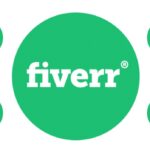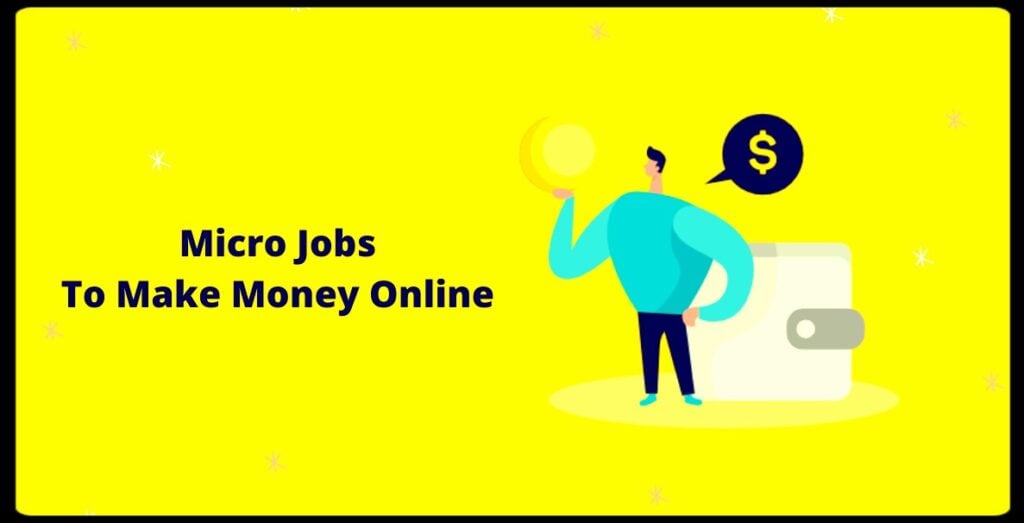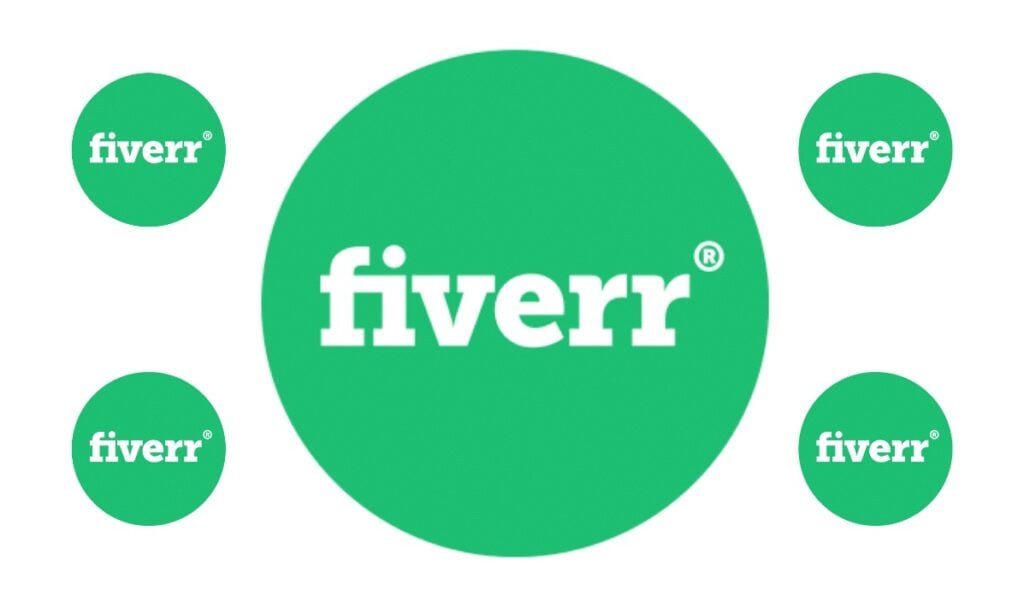How to Be a Successful Freelancer and Work From Home

How to start freelancing with no experience (Complete Beginner’s Guide).
Making money online is a big dream for many people. Many people want to earn money online from home and know how to start freelancing with no experience for Beginner’s level. So, read this writing carefully and follow all the instructions to learn about “how to start freelancing with no experience for Beginner’s level.”
You can find work online by using freelancing platforms.
These job directories include full-time, part-time, and contract work. This includes data entry and freelance writing.
There are also freelance markets that specialize in specific niches.
The freelancing market is notoriously competitive.
If you are looking to bid for clients, it is essential to build your freelancing portfolio on the market and offline. Although it can be challenging at first, some people lower their rates as they go along, your reputation will improve over time.
Once you are established, you can be more selective about how you freelance. You can decide how often you work for clients and what your rates are.
Part-time freelance work can be a great option to complement your online work.
HOW TO BEGIN FREELAncing WITHOUT ANY EXPERIENCE
Step 1: A Boss’s Mindset
It would be perfect if you were committed to mastering your mentality.
Why?
Because your success as a freelancer is determined by having the RIGHT attitude.
You will materialize failure if you do not believe in yourself and support yourself up 100 percent.
Consider it this way. All people have their own stories that we tell ourselves.
Perhaps yours are:
• “I’m not successful.”
• “Making money is difficult.”
• “I’m not deserving of money or success.”
• “No one is going to purchase from me.”
These tales eventually become beliefs that shape your behavior.
And if you think that your company is doomed or that it is not easy to become a freelancer, you will self-sabotage and bring it into your reality.
So, before you start building your portfolio or pitching to customers, you need to have your mentality and live your success before you accomplish it.
Consider how you need to behave if you have already accomplished your objective. As if you had a flourishing full-time freelance company that allowed you to travel the globe anytime you wanted.
• You will not be concerned about money since your company is lucrative and sustainable.
• You’ll be well-organized and have procedures in place.
• You’d be putting money aside for your future vacation.
• You believe in your company and that what you’re offering may benefit others.
That is a boss’s mindset.
Action Step:
- Recognize the limiting ideas that are holding you back.
- Call them out.
- Begin behaving like that successful freelancer.
Step 2: Select a Niche
“What exactly is a niche?”
You scream at the screen of your computer.
A niche is a problem you want to solve or a section of a market that you wish to assist.
You can’t do everything to everyone, which is why you need to narrow the f*CK down.
Believe me. I gave it a go.
It did not go as planned.
When you aren’t crystal clear on whom you’re attempting to assist as a freelancer, it will not be easy to:
• Establish yourself as an expert.
• Locate prospective clients and get freelancing work.
• Determine how you can effectively assist your customers.
Consider the following:
The market encompasses the whole globe. You can’t sell to the whole globe since everyone doesn’t require your service.
So it would support if you narrowed it down till you have a single set of individuals to serve. You want to focus on one group that you can master.
Step 1: To determine your specialty, ask yourself, “Whom do I want to assist and why?”
Step 3: Determine Your Skill Set
The most often requested question in all of the DMs I get every week is:
“How can I live as a freelancer?” “How can I make a start as a freelancer?”
Only you need to answer that question.
It would be much too simple to just message a stranger on the Internet and ask them what we should create a company on.
The good news is that it is “figureoutable,” – and you already know the solution even if you aren’t aware of it.
So, what can you do to acquire a better idea of what you want to accomplish?
• Make a list of all of your present talents and hobbies.
• Make a list of things you wish to learn more about.
• Determine which talents you can transfer to a remote job.
• Identify knowledge gaps and what you need to learn.
For example, maybe you adore Instagram. You’re passionate about the platform, you’ve grown your account to 10,000 followers, and you want to help others get there as well.
You may use your expertise to work as a freelance social media manager specializing in Instagram.
Perhaps the gaps in your expertise are in the nitty-gritty aspects of the company, such as client onboarding and sales pages, or you wish to take an Instagram course to hone your abilities.
Step 4: Develop a Website
If you just make one investment at the outset of your freelance career, make it a website with a custom design and a professional email address.
Some argue that this step is unnecessary, but I cannot entirely agree.
I don’t know, but I immediately expect any company to have a website in this day and age.
So why will you be selected to get compensated for your freelancing work?
A professional website will do the following:
• Make you design more professional.
• Demonstrate your expertise.
• Attract the attention of prospective consumers
• Provide you with a simple method to showcase your portfolio and services.
Squarespace is the quickest method to get your freelance website up and operating in a week or less.
It is an all-in-one solution, so that it will save you both time and money.
For $16 (R300.00) each month, you will receive:
• Templates that have been professionally created
• No cost custom domain (if you buy the annual plan)
• Google Professional Email (free for the first year)
• Site analytics
• Integration of email marketing
• SEO elements to increase site exposure
• Mobile-friendly websites
• Free stock images included into the platform
• Features such as Memberspace and many more
Step 5: Determine Your Fees
Another factor that prevents many freelancers from establishing their businesses or going full-time is the cost of their services.
I understand. It’s terrifying.
When I first began my freelance writing company in 2016, I battled a lot with it. It’s why I accepted $20 jobs for 1,000-word essays.
I assumed that was the industry standard, but it’s daylight robbery.
Three methods have helped me figure out my prices and feel confident in what I charge my clients:
METHOD #1: WHAT IS THE COST OF YOUR DREAM LIFE?
Have you ever sat down and estimated the precise cost of everything in your life? It’s a basic activity that will provide you with a firm number to work with.
• What is the overall cost of your business?
• Would you want to receive massages once a week?
• Do you want to save up for a vacation to Bali or a home?
Once you’ve determined the overall cost of your ideal life, you can work backward to determine how much money you’ll need to earn annually, quarterly, monthly, and weekly. When you have those figures, you can look at your pricing and determine how much you would need to sell to make it a reality.
METHOD NUMBER TWO: WHAT ARE THE INDUSTRY BENCHMARKS?
The South African Freelancers Association may provide you with a benchmark rate if you live in South Africa.
It will give you a decent sense of what everyone else is charging and simplify determining a reasonable cost for your services.
METHOD #3: DO YOUR RATES PRESSURE YOU?
When I developed it, I had to come up with pricing for my course, Road to Remote.
A simple activity that threw me for a loop.
Why? Because online business courses cost from $99 and $20,000.
That benchmarking method? It’s thrown out the window.
My business coach, Erin May Henry, advised me to set a price that terrifies me but is attainable.
So, if you’re happy selling your service for $50, why not push yourself and attempt to sell it for $80?
Choose a number that pushes you but isn’t totally out of reach.
Step 6: Discover How to Pitch
Learning how to pitch is, without a doubt, the essential skill for you to acquire as a beginning freelancer.
It will be required for the following purposes:
• Responding to job postings
• Sending out cold emails
• Your LinkedIn page
• Interviews on podcasts
• Guest postings
• Introductions through LinkedIn
And every other time, you need to explain what you do and how you can assist them.
If you can create a pitch that does all of these, it will be much simpler for you to get that ideal customer and begin making sales in your freelancing company.
The following is a simple formula to incorporate in all of your pitches:
• Recognize an issue
• Use your answer to solve it.
• Establish yourself as an authority figure.
• Provide testimonials, case studies, outcomes, or examples to back up your claims.
Create niche-specific examples and post them on your website if you have no job experience. You may even work for free for a limited time to gather testimonials before transitioning those customers to a paid module.
Step 7: Make Your Social Media Platforms More Effective
It is not enough to establish an Upwork profile and hang around on freelancing platforms if you want to become a freelancer.
You must ensure that your internet presence is drawing customers to your company.
After all, pitching every day will reduce the amount of time you have to work each day. By optimizing your LinkedIn and Instagram accounts, you will no longer have to create prospective prospects actively – they will come to you!
What you need for a professional profile is as follows:
• If feasible, include your primary keyword in your “Name” section and username.
• Include your specialty statement in your bio to let people know what you do.
• Make your bio link a “Call-to-Action.”
• Include your specialty and relevant keywords in your title.
• Include your finest testimonials and outcomes in your about section.
• Include keywords and abilities that people would use to find you in your about section and job experience.
• Use LinkedIn Publisher to respond to queries in your field.
• Include a link to your website in your profile.
As a freelance writer, for example, you might include the following:
• Headline: B2B Tech Case Study Writer | Copywriter | Content Marketer
• Competencies: SEO Content Writing, Blogging, Ghostwriting, Technical Writing
• LinkedIn Publisher: 5 Case Study Mistakes to Avoid and How to Correct Them!
Create Your Business Processes in Step 8
The last stage in learning how to start freelancing with little experience is ADMIN.
It would be best if you tied everything together so that you are ready to greet your first customer. Check that the following procedures and tools are in place:
• Client introductory package
• The client onboarding procedure
• Contracts
• Retainers
• Accounting and invoicing software
• Policies
• Client de-boarding procedure
• Project administration
See another post: How to make money online without paying anything by YouTube.

11 How to Make Money Online Pros and Cons

How to Make Money Monetizing Your Social Media Presence

How to Earn Money Doing Micro Jobs

How to Make Money Doing Online Surveys

How to Make Money Testing Websites and Apps for Others

How to Make Money from Blogging

How to Make Money from Affiliate Marketing (E.g., Amazon)

Launch Your Online Shop and Make Money

How to Make Money Creating a Create a Job Board

Earn Money Online From Email Marketing Jobs (The Highly Effective Digital Marketing Strategy)

How to Earn Money Doing Micro Jobs

How to Make Money from Stream Games on Twitch, Facebook, YouTube, or Mixer

Buy and Sell Websites & Domains and Make Money

Selling Your Own Products/Services and Make Money Online

How to Make Money from Membership Website

How to Make Money from Home on Fiverr without Skills and with Skills, Must Know Facts

How to Be a Successful Freelancer and Work From Home

How to Make Money Publishing Videos on Youtube

How to make money on youtube with or without making videos or with making videos?

How to Make Money Doing Affiliate Marketing

How to Be a Successful Freelancer and Work From Home

How to make money online for beginners without investment

How to Make Money from Home on Fiverr without Skills and with Skills, Must Know Facts

11 How to Make Money Online Pros and Cons

Launch Your Online Shop and Make Money

How to improve my digital marketing skills to be a successful Digital Marketer?

Remarketing Future: Why Retargeting Digital Skills Matter for Future Business

Must Have Digital Marketing Skills

How to Make Money Monetizing Your Social Media Presence

How to make money on youtube with or without making videos or with making videos?

 Y
Y
How to Earn Money Doing Micro Jobs

 Y
Y
How to Make Money as a Virtual Assistant

 Y
Y
How to Make Money from Home on Fiverr without Skills and with Skills, Must Know Facts

 Y
Y
How to improve my digital marketing skills to be a successful Digital Marketer?

 Y
Y
Write a Book and Make Money from Online and offline

 Y
Y
Resell Website Hosting and Make Money

 Y
Y
How to Make Money from Stream Games on Twitch, Facebook, YouTube, or Mixer

 Y
Y
How to make money online for beginners without investment

 Y
Y
Earn Money Online From Email Marketing Jobs (The Highly Effective Digital Marketing Strategy)

 Y
Y
How to Make Money Doing Online Surveys

 Y
Y
How to Make Money Publishing Videos on Youtube

 Y
Y



[…] 14. Become a Freelancer […]